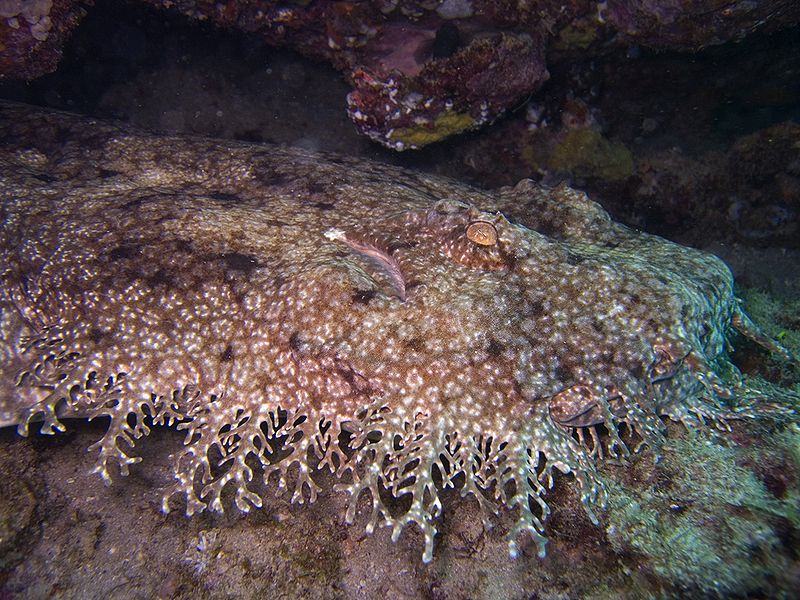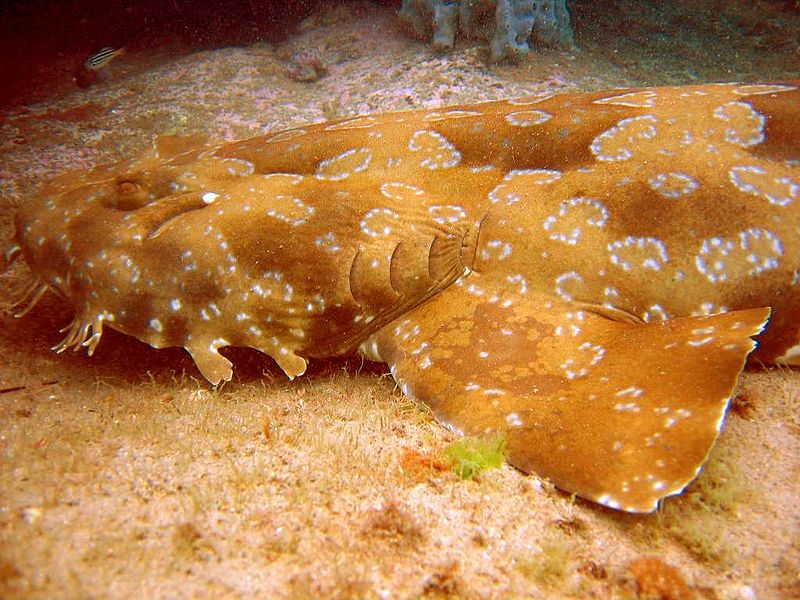It is nearing the start of school once more, and I am reminded that I have let the summer fly by without taking vacation. Last weekend I went over to our local Barnes and Nobles and picked up the latest edition of View Camera. For some reason this is always an issue behind; so May-June, which was reassuring in a way. Perhaps summer has not passed me by – really no such luck. I should really purchase a subscription.
In this issue there was a lovely portfolio by Craig Alan Huber entitled “The Spirit within – Las Imágenes de las Misiones de Alta California.” I have been to a few of the California missions over the years, starting with being taken to Mission San Francisco de Asis by my friends Marilyn and Marshall in 1973. There is an inner sense of peace when you enter these churches. There is a silence perhaps broken by the eternal sound of a fountain. The light is subdued so that you can see more clearly. These churches elevate you to a mythic and spiritual plane in a very subtle fashion – not gaudy and huge like the great cathedrals, but just as spiritually uplifting. If you truly focus, you can find your center. And as is the nature with holy places, it is then time to return to the mundane world, hopefully a bit more at peace with the world and a bit more enlightened.
There are twenty-three Spanish Missions in California. They were established as religious and military outposts by the Franciscans between 1769 and 1833, under the leadership of Fray Junípero Serra, and run up the California coast. Many of these are still functioning churches two centuries later.
Huber photographs with a 5″ x 7″ view camera often with a vintage 1860 Darlot Opticien Petzval lens. You will often hear large format enthusiasts comment about the dreamy image quality that these Petzval lenses create: sharp centers that fade away at the edges just ever so slightly. Huber prints in platinum palladium and the effect is wonderful. It truly captures on paper all of the sensations of inner peace and timelessness that you have when you have the honor of standing in one of these places. And it has been argued that platinum palladium prints will last a thousand years; so perhaps they like the missions themselves are enduring.
I have many favorites among Huber’s images and, as always recommend a quiet hour or so be spent visiting his website. I will recommend “Saint Francis de Asis Church, Rancho de Taos” as a closing example. Craig Alan Huber’s goal is to photograph and document all of the California Missions. Large format is truly a labor of love – love of place, love of vision, and love of image. His website also contains images from other spiritual places around the world. Inner peace is the sublime theme that unites his work.



